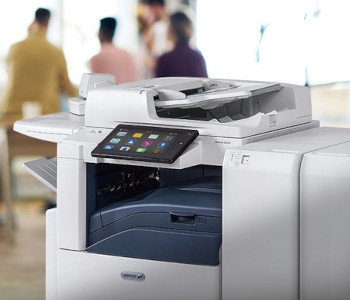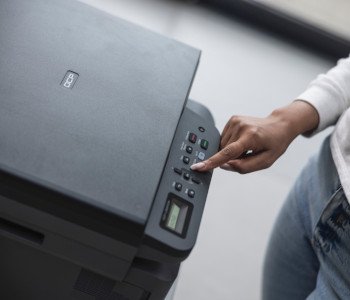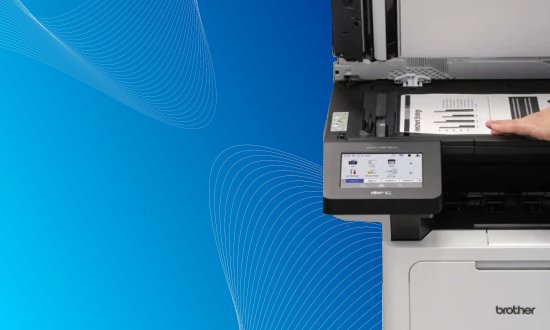
Just like in every field, the printing industry is also influenced by technological advancements and innovations that shape trends, outcomes, and production lines. Today’s printing trends are characterized by increased efficiency, new capabilities and applications, the use of artificial intelligence, and recyclable materials.
Upgraded Inkjet Printers
The well-known inkjet printers now offer high-quality output in less time, at a lower cost, and with reduced energy consumption! New inks and materials result in highly aesthetic productions, vibrant colors, and durable prints.
Sustainability
The printing industry, adapting to the need for environmental protection and sustainability, now uses production materials that reduce environmental impact. Recyclable materials and energy-efficient technologies are now widely applied.
Artificial Intelligence
Naturally, artificial intelligence is among the key trends in the printing sector. Its use in automating digital printing reduces errors and defects, as well as production time and costs. Smart algorithms minimize human involvement, ensuring output accuracy and an enhanced appearance, while also providing access to large datasets for 3D technologies.
3D Printing
3D printing creates three-dimensional products for a variety of applications and innovative possibilities in both design and material selection. How exactly does it work? A 3D image of the object is created using either software or image processing from sources such as a 3D scanner, digital camera, or even an MRI. This 3D model is then converted into a file readable by the printer, which builds the object layer by layer using ultra-thin slices of material.
It’s worth noting that the materials used in 3D printing can include thermoplastics, metals, resins, ceramics, sand, and of course… paper.
Let me know if you’d like this styled as a blog post, brochure content, or adapted for a specific audience.










